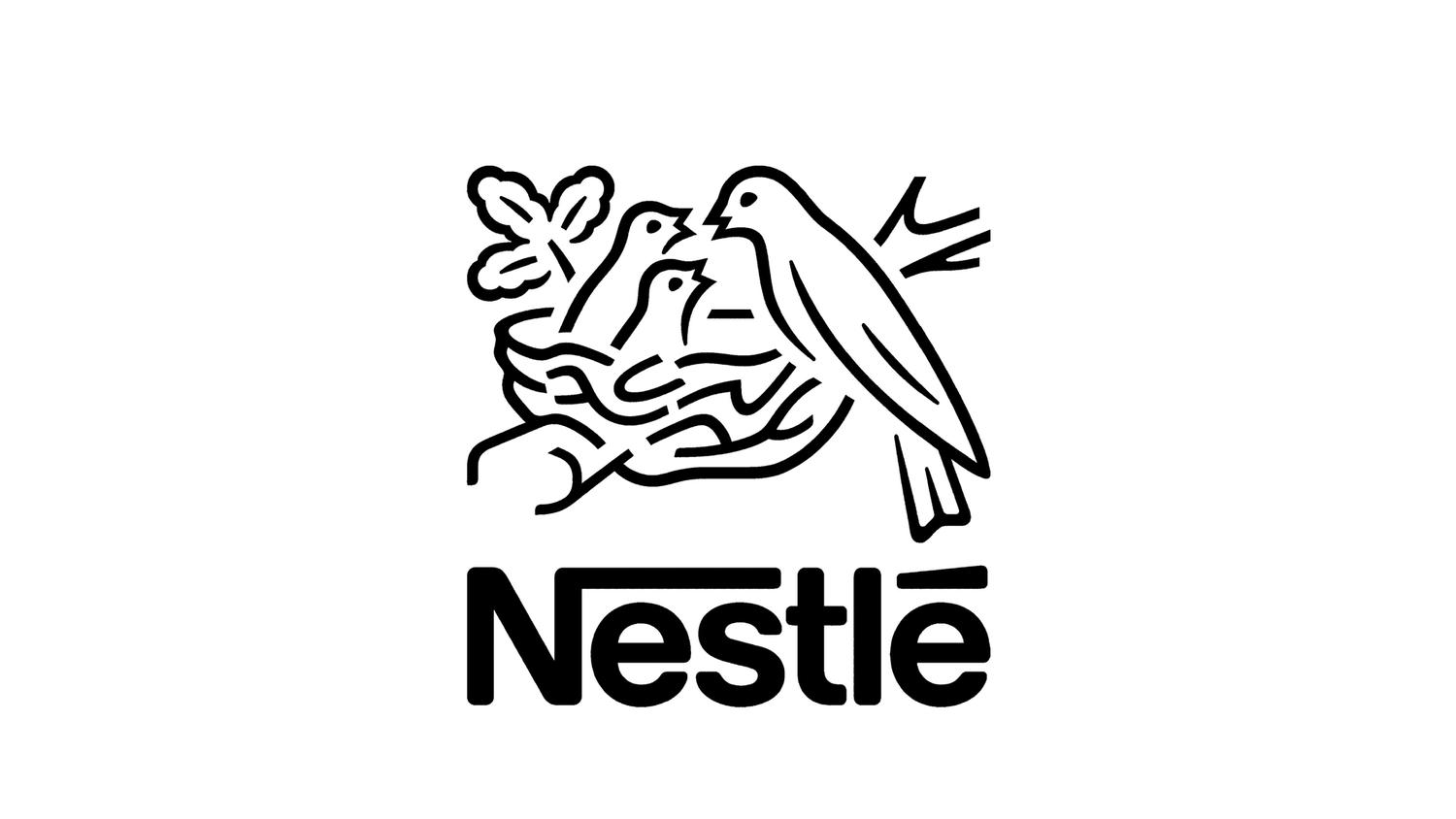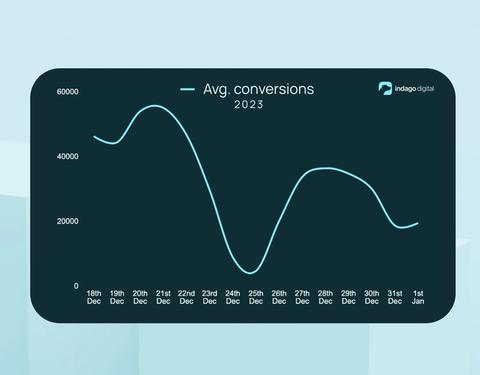Marketing Forecasting

Predict, pivot, profit.

Why do you need marketing forecasting?
We can't overemphasise the importance of accurate marketing and sales forecasts. Without them, driving results, building effective media plans, and selecting the right channels becomes impossible.
All too often, businesses overlook marketing forecasting or rely on hastily made plans based on internal needs rather than market research.
A thriving and sustainable business thrives on a proper forecast grounded in data. Forecasting guides the path ahead, providing crucial insights into market trends, consumer behaviour, and competitive dynamics.
With a well-researched and data-driven marketing forecast, you can make informed decisions and allocate resources judiciously.
Why choose our digital marketing forecasting?

Markets evolve rapidly, and businesses need a clear understanding of their future performance and prospects. Our forecasting services provide that—offering a forward-thinking perspective backed by solid data analysis.
From economic shifts to global disruptions, we equip our clients with the detailed marketing forecasts they need to navigate the unpredictable with confidence.
We don’t just skim the surface— our team dives into the numbers that matter most, from cost-per-click to conversion rates and lifetime value.
Our holistic approach ensures we leave no stone unturned, capturing the right metrics for smarter, data-driven decisions aligned with your business goals.
We’ve mastered marketing forecasting across a range of industries, from hospitality and finance to travel, healthcare, and B2B.
At Indago, we know that every vertical has its own challenges and opportunities, and we adapt our strategies to meet those unique needs. With our broad experience, we deliver forecasts that are as unique as you are.
Pros at simplifying the complex, our data experts transform raw numbers into clear, actionable insights.
Using advanced data visualisation, we make it easy to spot patterns, uncover opportunities, and give you the clarity you need to take control of your strategy.
For every business

The importance of reliable forecasting cannot be overstated for entrepreneurs and innovators in the pre-raise phase, where the critical task is securing the necessary capital for a new startup or venture.
A robust forecasting strategy isn't just "nice to have" but a pivotal step in the path to success, improving your chances of successfully raising capital and instilling confidence in potential investors.
Even after capital is secured, these marketing forecasts serve as the navigational compass for your business journey.
When venture capitalists (VCs) evaluate potential investments, they often focus on two key factors: the addressable market and the cost of acquiring a customer.
By analysing customer data and these metrics, VCs can determine if a business's marketing strategies can be optimised for future growth opportunities.
In short, VCs are looking for ways a business can improve its operations. Accurate marketing forecasting plays a crucial role here, enabling VCs to assess the effectiveness of current strategies and predict the potential impact of future marketing efforts.
For established businesses, marketing forecasting is more complex due to the wealth of data and historical records they have, including crucial information like seasonality trends.
At Indago Digital, we excel at turning this data into actionable insights. By combining historical data with future predictions, we provide highly accurate forecasts that help businesses understand growth dynamics and identify points of diminishing returns.
Our approach not only predicts future sales success but also optimises current operations, guiding sales teams to make data-driven decisions that boost efficiency, ROI, and overall business performance.
Explore our related services
C-Suite training
Lead with confidence – transform your executive presence & drive real change.
Conversion Rate Optimisation
Boost your bottom line & extract more value from every visitor with expert CRO.
Meet our marketing forecasting experts
Our recent projects

Travelex
How our competitor analysis revealed a content gap opportunity that created a 57% increase in site-wide organic traffic.

National Training
How our design experts improved National Training's new pages, ensuring they are more visually appealing, leading to an increase in conversions.
From our clients
Real clients, real reviews

Our latest strategy articles
Frequently Asked Questions
What is an example of marketing forecasting?
A classic example is predicting next quarter’s ad spend ROI based on historical data, seasonality, and market trends. For instance, an eCommerce brand might forecast a 20% spike in sales during Black Friday based on past performance, competitor activity, and consumer demand signals. At Indago Digital, we take this further by integrating machine learning models to refine accuracy and adjust strategies in real time.
What are the methods of marketing forecasting?
The best approach depends on your data and objectives, but the most effective methods include:
- Time-series analysis – Examining past trends to predict future performance.
- Regression analysis – Identifying relationships between variables, like how CPC impacts conversions.
- Market experiments – A/B testing different strategies to gauge future performance.
- Machine learning models – Using AI to process vast data sets and identify patterns humans might miss.
At Indago, we blend multiple methods to create forecasts that don’t just predict but drive smarter decision-making.
What are the three types of marketing forecasting?
- Qualitative forecasting – Based on expert opinions, market research, and industry trends.
- Quantitative forecasting – Uses historical data and statistical models to predict outcomes.
- Causal forecasting – Identifies cause-and-effect relationships, like how economic shifts impact ad spend.
What are the four principles of forecasting?
- Data-driven decisions – Forecasts are only as good as the data behind them.
- Adaptability – Markets change, so forecasts must be continuously refined.
- Scenario planning – Always prepare for best, worst, and most likely cases.
- Actionability – A forecast is useless if it doesn’t inform strategy.
What are the 7 P's of marketing?
- Product – What you’re selling and how it meets customer needs.
- Price – The value exchange and pricing strategy.
- Place – Where and how your product is available.
- Promotion – How you reach and engage your audience.
- People – The team behind your brand and customer experience.
- Process – The systems ensuring smooth delivery and service.
- Physical evidence – The tangible proof of your brand’s credibility.
We use these principles to inform our forecasting models, ensuring your marketing efforts are data-backed, efficient, and built for growth.


















